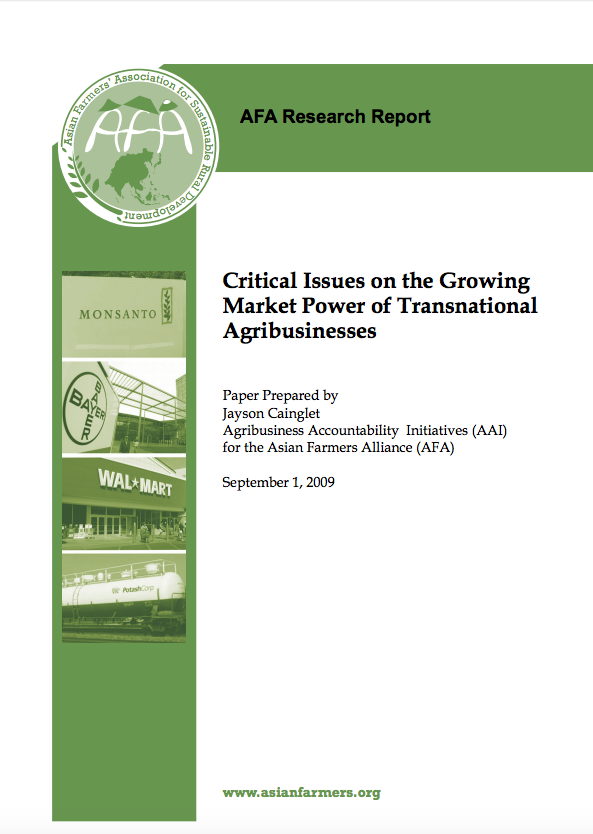Optimizing Commercial Wetlands in Rural Landscapes
Commercial wetlands can contribute to different policy objectives simultaneously. The aim of this study is to investigate the opinion of the Dutch population with respect to commercial wetlands. The commercial wetland functions valued the most by the Dutch population are water treatment and water storage






